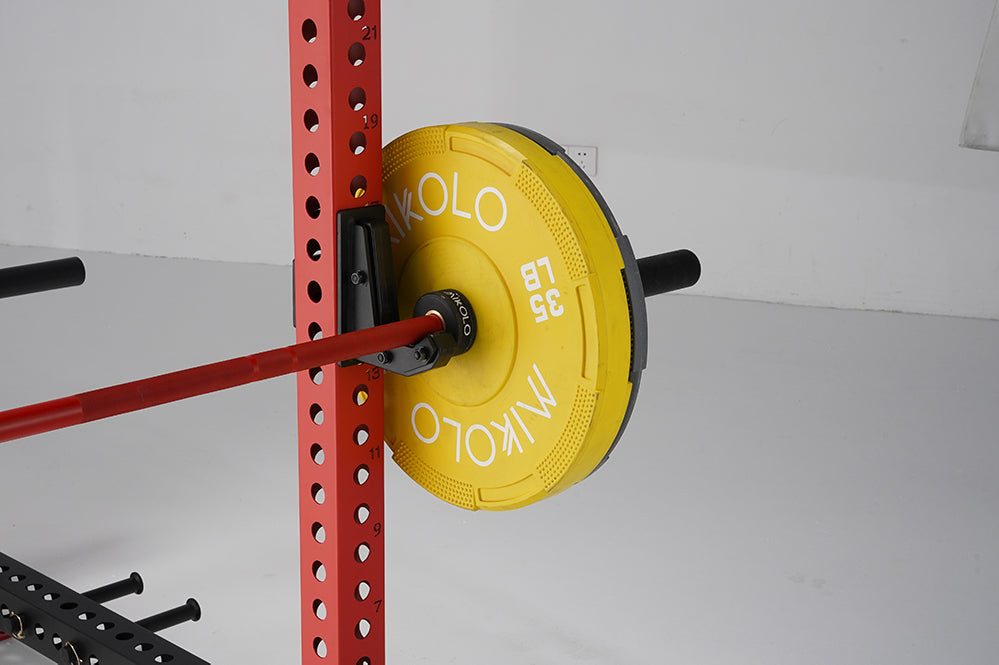Strength training is one of the most empowering and transformative ways women can take control of their health. Yet for many female beginners, stepping into the world of weights can feel overwhelming—crowded gym floors, unfamiliar equipment, and conflicting advice online can all be intimidating. This guide is designed to clear the noise and help you get started with confidence, clarity, and purpose.
Why Strength Training Matters for Women
Strength training—also known as resistance training—is about more than just building muscle. For women, it’s a powerful tool to improve bone density, boost metabolism, support hormonal health, and enhance daily function. Whether your goal is to feel stronger, tone your body, reduce injury risk, or simply improve energy, resistance training can help you get there.
Unlike cardio, which primarily burns calories during exercise, strength training creates a long-lasting metabolic effect. You burn calories even after you’re done, thanks to the muscle your body builds. It’s one of the most efficient ways to reshape your physique and feel more capable in your own body.
Common Myths About Strength Training for Women
Before we dive into how to start, it’s important to clear up a few myths:
-
“I’ll get bulky.”
Women naturally have lower levels of testosterone than men, which means building large, bulky muscles takes years of focused training and nutrition. For most women, strength training leads to a leaner, tighter physique. -
“I need to lose weight first.”
Strength training is one of the best ways to support fat loss. You don’t need to wait for a “goal weight” before picking up weights. -
“It’s not for beginners.”
Everyone starts somewhere. You don’t need prior experience to benefit from strength training. You just need a plan—and the willingness to begin.
How to Start Strength Training as a Female Beginner
Here’s a realistic approach to getting started:
1. Start with Bodyweight and Resistance Bands
Your body is your best tool when starting out. Mastering movements like squats, push-ups (incline or wall to start), lunges, and glute bridges builds a strong foundation. Resistance bands are inexpensive, portable, and ideal for building strength without heavy weights.
2. Train 2–3 Times Per Week
You don’t need to work out every day. Two to three full-body sessions per week are enough to see progress. Recovery is where your body grows stronger.
3. Focus on Form First
Use slow, controlled movements and avoid rushing reps. Good form reduces injury risk and makes your workouts more effective. Consider filming yourself or working with a qualified trainer (even virtually) for feedback.
4. Progress Gradually
Once you feel confident, start adding light dumbbells or kettlebells. Aim for 2–3 sets of 8–12 reps per exercise. Increase weight gradually as you get stronger.
5. Track Your Progress
Use a simple workout log or app. Seeing your strength improve over time is not only motivating—it reinforces the habit.
A Beginner-Friendly Full-Body Routine
Here’s a sample routine using bodyweight and resistance bands:
| Exercise | Sets | Reps |
|---|---|---|
| Bodyweight Squat | 3 | 12 |
| Resistance Band Row | 3 | 10 |
| Glute Bridge | 3 | 15 |
| Wall Push-Up | 3 | 10 |
| Standing Shoulder Press (Bands) | 3 | 10 |
| Dead Bug or Bird-Dog | 3 | 12 per side |
Rest 30–60 seconds between sets. Focus on form, not speed.
My Own Starting Point
When I began strength training, I didn’t own a single dumbbell—just a resistance band and a yoga mat in my tiny apartment. I started with squats, push-ups against the couch, and planks. It wasn’t glamorous, but it was consistent. In a few weeks, I noticed I had more energy, less back pain, and more confidence in how I moved. My clothes fit better, and so did my mindset. That small start eventually turned into a lifelong habit—and I’ve seen the same happen for hundreds of other women.
Final Tips for Staying Consistent
-
Keep it simple. Complicated routines can overwhelm beginners. Stick to basic compound movements.
-
Don’t compare. Everyone starts at a different level. Your only competition is yesterday’s version of you.
-
Celebrate every win. Did one more push-up than last week? That’s a win. Lifted a heavier band? Another win.
-
Build a routine that fits your life. Consistency matters more than perfection.
Conclusion
Strength training for female beginners isn’t just about fitness—it’s about reclaiming strength, inside and out. Whether you’re in your 20s or 60s, it’s never too late to start. You don’t need fancy equipment or a gym membership. You need a goal, a little guidance, and the courage to take that first step. Your future stronger self will thank you.












































Leave a comment
This site is protected by hCaptcha and the hCaptcha Privacy Policy and Terms of Service apply.